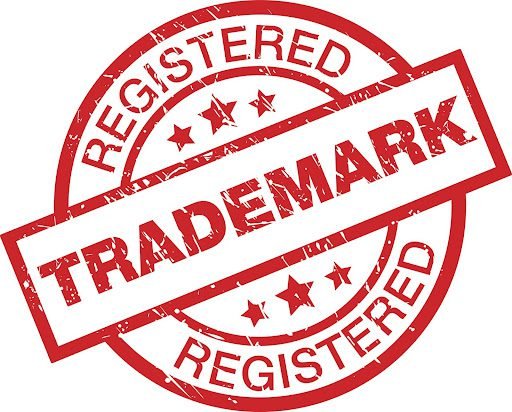Last Updated on May 26, 2025 by Rida Gul
Any person, as well as a group of persons, can apply for registration of a trademark in the European Union. Applicants who are non-residents of the European Union must be represented before the Office by registered patent attorneys.
An application submitted to the European Union Office is checked for compliance with formal requirements, for the absence of absolute grounds for refusing registration, and, at the request of the applicant, a search is carried out on the trademark for identity and similarity with previously registered trademark in the European Union and submitted applications.
If the application successfully passed this stage, then it is published in the official bulletin, after which, within 3 months, any interested person can file an objection to the registration of the claimed trademark with the Office.
If no objections were filed against the application, or they were successfully overcome, registration takes place, the trademark is published in the official bulletin and the certificate is issued (in electronic form).
Registering trademarks in Europe you obtain a number of additional advantages:
– Centralized filing with one office in one of the official languages of the European Union (English, German, French, Spanish, Italian);
– Submission of an application with uniform formal requirements;
– Centralized payment of fees for the renewal of the certificate.
Trademark registration fee in Europe
The authority expense for enrolling EUTM in one class of labor and products is 850 euros. An extra charge of EUR 50 applies for the second class and EUR 150 for the third and each next class.
What countries are covered by an EU trademark registration?
A European Union TradeMark provides trademark protection in all 28 member states of the European Union through one registration, namely: Austria, Belgium, Bulgaria, Croatia, Cyprus, Czech Republic, Denmark, Estonia, Finland, France, Germany, Greece, Hungary, Ireland, Italy, Latvia, Lithuania, Luxembourg, Malta, Netherlands, Poland, Portugal, Romania, Slovakia, Slovenia, Spain, Sweden and the United Kingdom.
If the mark is not used in the first five years after registration, it can be canceled on the basis of a statement from the person concerned. It is entirely expected for the proprietor of an imprint to record a claim against the unlawful utilization of a brand name and get a counterclaim in light of revocation of his mark on the basis of non-use. Very often, bona fide trademark owners lose court cases because they cannot provide evidence of use. In the case of EUTM, it is enough to prove use in any EU country.
Read more interesting articles at Readesh



























